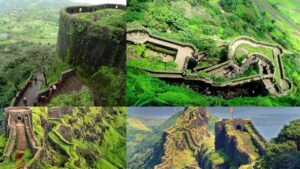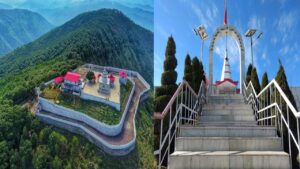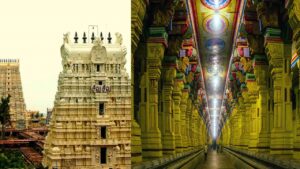The Sacred Steps of Jejuri Temple: Ascending to Divine Grace
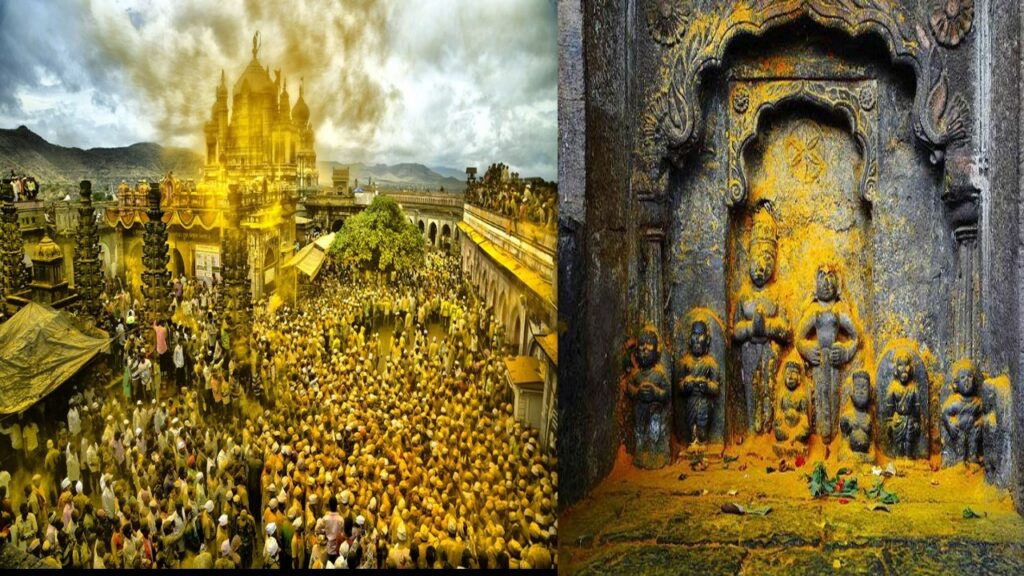
Unveiling the Hidden Secrets of Jejuri Temple: Prepare to Be Amazed!
Welcome to the enchanting world of Jejuri Temple, a divine abode nestled amidst the scenic landscapes of Maharashtra, India. This article will take you on a captivating journey through the rich history, cultural significance, and mesmerizing legends associated with Jejuri Temple. Get ready to immerse yourself in the spiritual aura and explore the hidden gems of this sacred place.
In the Pune district of Maharashtra, Jejuri Temple is a spiritual haven that attracts devotees from all corners of the world. Situated atop a hill, this ancient temple is dedicated to Lord Khandoba, also known as Martanda Bhairava or Malhari Martand. With its vibrant history and architectural splendor, Jejuri Temple stands as a testament to the devotion and faith of its devotees.
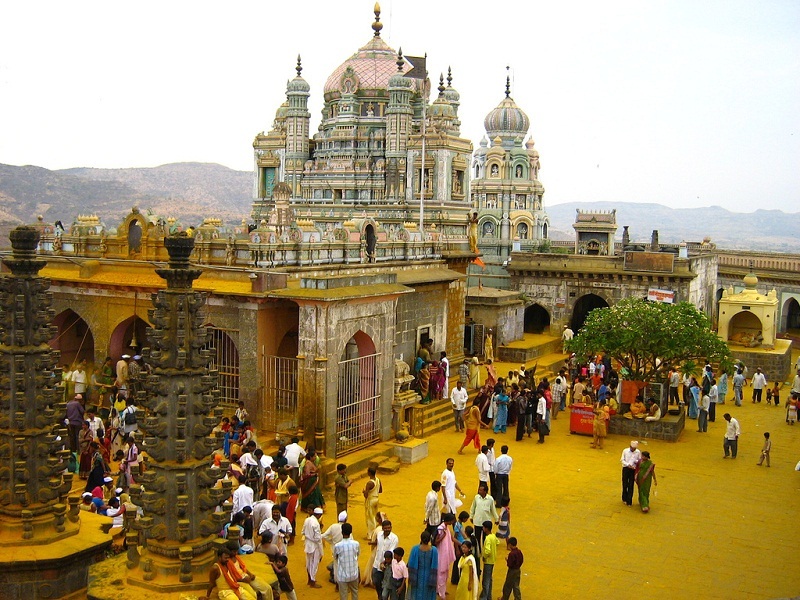
Historical Significance of Jejuri Temple
Jejuri Temple dates back to the 13th century and holds immense historical importance. It is believed that the temple was constructed during the reign of the Yadava dynasty. Over the centuries, Jejuri Temple has witnessed numerous transformations and has stood strong as a symbol of cultural heritage.
Legends and Mythology Surrounding Jejuri Temple
According to mythology, Jejuri Temple holds several fascinating legends. One of the most popular legends is associated with Lord Khandoba and the demons Malla and Mani. The story tells of a fierce battle between the gods and the demons, which ultimately led to the creation of the Jejuri Temple. These legends add a touch of mystique and allure to the temple, captivating the imagination of visitors.
Architectural Marvels of the Temple
The architecture of Jejuri Temple is awe-inspiring. The main shrine showcases the Hemadpanti style of architecture, characterized by intricately carved pillars and ornate decorations. The temple complex features beautiful stone carvings and sculptures that depict various mythological figures. The stunning craftsmanship and attention to detail make Jejuri Temple a visual delight.
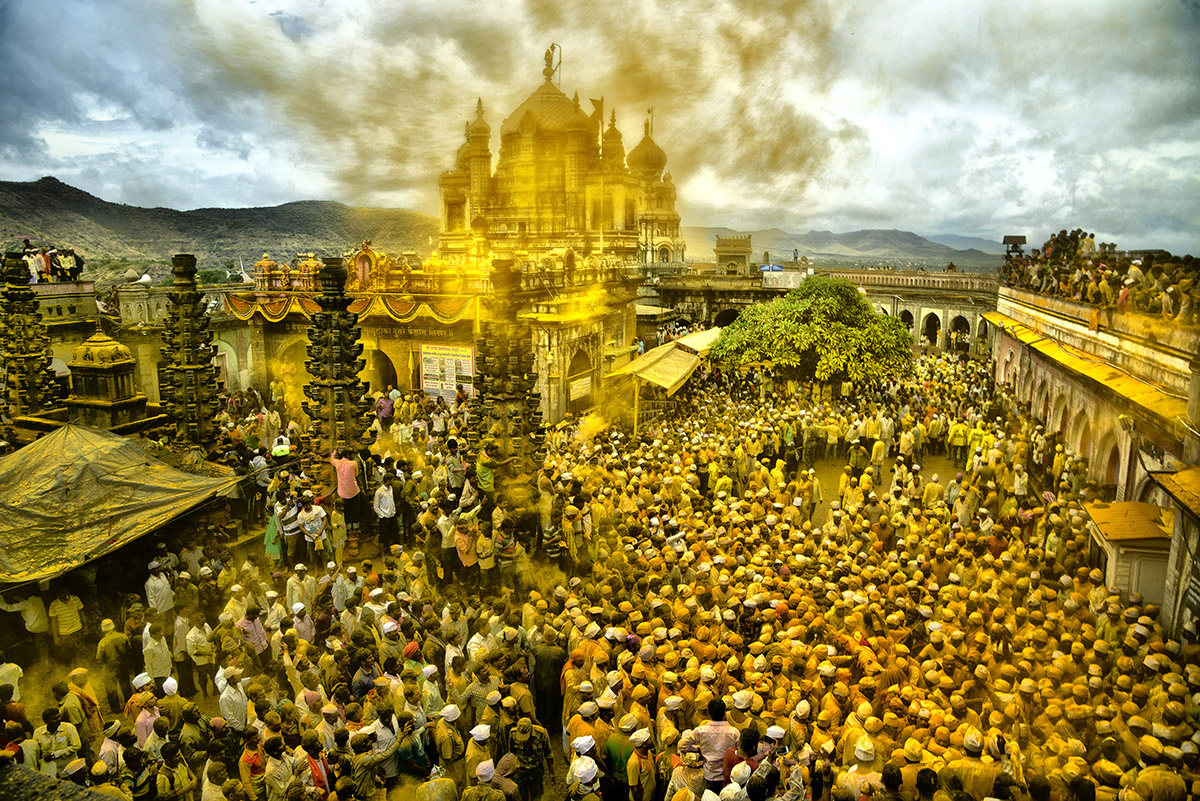
Festivals and Celebrations at Jejuri Temple
Jejuri Temple is renowned for its vibrant festivals and celebrations. The most significant festival is the Bhandara Festival, held during the auspicious occasion of Somavati Amavasya. Thousands of devotees gather to witness the grandeur of the festival, where turmeric powder (called “bhandara”) is showered on the deity. The entire temple premises come alive with devotion and fervor during these festive times.
The Sacred Tradition of Bhandara
The tradition of the Bhandara Festival holds deep religious and cultural significance. Devotees offer turmeric powder to the deity as a symbol of purity and devotion. The Bhandara is prepared by the local communities and is considered auspicious. It is believed that turmeric powder has healing properties and offers protection against evil spirits.
The Holy Steps of Jejuri
One of the unique features of Jejuri Temple is the flight of holy steps leading to the hilltop. Climbing these steps is a significant part of the pilgrimage, and devotees believe that it brings them closer to the divine. The steps are beautifully adorned with colorful rangoli patterns during festivals, creating a breathtaking sight.
- Significance of Climbing the Steps in Hindu Tradition
In Hindu tradition, climbing sacred steps is believed to be an act of reverence, symbolizing the ascent toward divine grace. It is considered a form of penance, a physical manifestation of one’s devotion, and a way to purify the mind and body. The act of climbing becomes a metaphorical journey, representing the seeker’s progress toward spiritual enlightenment.
- Climbing the Sacred Steps
As you begin your climb, a sense of anticipation and reverence fills the air. Each step represents a step closer to the divine. With every upward movement, devotees leave behind their earthly burdens and immerse themselves in prayer and contemplation. The rhythmic sound of footsteps blends with the chants and hymns, creating a serene atmosphere charged with devotion.
- The Magnificent Rangoli Patterns
As you ascend the steps, you’ll witness a breathtaking sight—the intricate and colorful rangoli patterns adorning each step. These vibrant designs, made with colored powders, create a mesmerizing pathway to the divine. Rangoli represents the auspiciousness and sacredness of the journey, captivating the senses and evoking a sense of awe and wonder.
- The Transformative Power of the Steps
The transformative power of the steps lies in their ability to transcend the physical realm and uplift the spirit. They offer an opportunity for introspection, self-reflection, and surrender. The act of climbing becomes an act of devotion, a moment to offer prayers, seek blessings, and connect with the divine energy that permeates the temple and its surroundings.
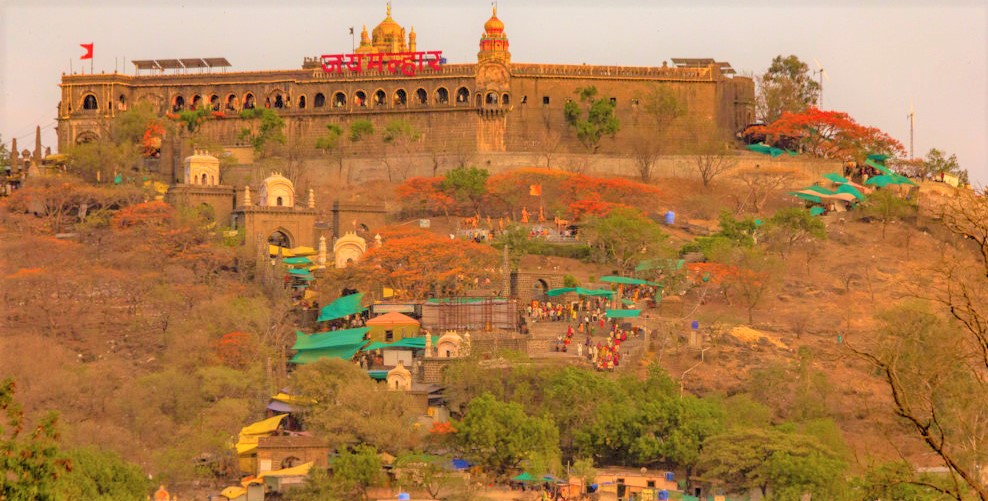
Awe-Inspiring Views from the Hilltop
Once you reach the hilltop, you are rewarded with panoramic views of the surrounding countryside. The tranquil ambiance and picturesque landscapes provide a serene retreat for visitors. It’s the perfect opportunity to reflect, meditate, and connect with your spiritual self.
Local Legends and Folklore
The town of Jejuri is rich in local legends and folklore. Stories of saints, miracles, and divine interventions are passed down through generations. Exploring the local folklore adds an element of mysticism to your visit and allows you to delve deeper into the spiritual fabric of Jejuri.
Devotees and Pilgrims at Jejuri Temple
Jejuri Temple attracts a diverse range of devotees and pilgrims throughout the year. People from different walks of life come to seek blessings, offer prayers, and experience the divine aura of the temple. The devotion and faith exhibited by the devotees create an atmosphere of unity and reverence.
Exploring Nearby Attractions
Jejuri is not only renowned for its temple but also offers other attractions for visitors. The picturesque landscapes, ancient forts, and historical sites in the vicinity make it an ideal destination for exploration. Don’t miss the opportunity to visit places like Purandar Fort and Nira-Deoghar Dam while you’re in Jejuri.

How to Reach Jejuri Temple
Jejuri is easily accessible from Pune and Mumbai. The nearest airport is Pune International Airport, and the nearest railway station is Pune Junction. From there, you can hire a taxi or take a bus to reach Jejuri. The journey is filled with scenic views, adding to the overall experience.
Best Time to Visit Jejuri Temple
The best time to visit Jejuri Temple is during the winter season, from October to February when the weather is pleasant. The annual Bhandara Festival, held in January or February, is a highlight for visitors. However, if you prefer a quieter and more peaceful visit, you can plan your trip during weekdays or off-peak seasons.
Accommodation and Facilities
Jejuri offers a range of accommodation options to suit every budget. From budget guesthouses to comfortable hotels, you’ll find plenty of choices in and around the town. The facilities include clean rooms, delicious local cuisine, and warm hospitality to make your stay memorable.
Conclusion
Jejuri Temple is a remarkable blend of spirituality, history, and architectural brilliance. It offers a profound experience for those seeking solace, divine blessings, or a deeper understanding of Indian culture. As you traverse the holy steps, immerse yourself in the legends, and witness the grandeur of the temple, you’ll be captivated by the spiritual energy that emanates from every corner. Plan your visit to Jejuri Temple and embark on a transformative journey that will leave an indelible mark on your soul.
FAQs (Frequently Asked Questions)
-
Is photography allowed inside Jejuri Temple?
- Yes, photography is allowed inside the temple premises. However, it is advisable to seek permission from the temple authorities beforehand.
-
Are there any restrictions for visitors during the Bhandara Festival?
- There are no specific restrictions for visitors during the Bhandara Festival. However, it is recommended to arrive early to avoid large crowds and long queues.
-
Can non-Hindus visit Jejuri Temple?
- Yes, people from all religions and backgrounds are welcome to visit Jejuri Temple. It is a place of spiritual significance that embraces inclusivity.
-
Are there any nearby vegetarian restaurants in Jejuri?
- Yes, there are several vegetarian restaurants in Jejuri that offer delicious local cuisine. You can savor authentic Maharashtrian dishes during your visit.
-
Is it possible to visit Jejuri on a day trip from Pune?
- Yes, Jejuri can be easily visited as a day trip from Pune. The distance between Pune and Jejuri is approximately 48 kilometers, and it takes around 1.5 to 2 hours to reach by road.

